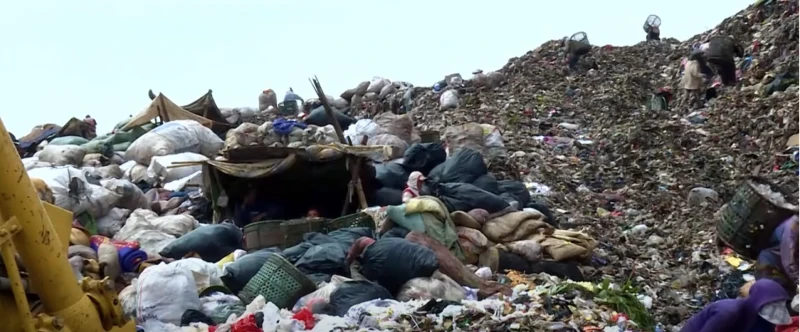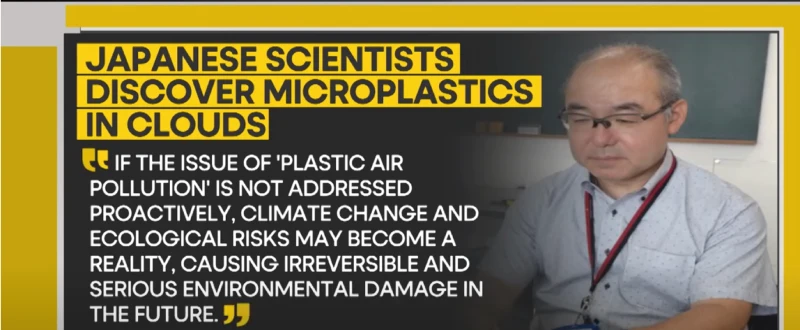Microplastics in Clouds: Japan’s Groundbreaking Discovery and Climate Impact
3 min read
Researchers in Japan have recently made an astonishing breakthrough with significant implications for climate science. Their study, published in Environmental Chemistry Letters, reveals the presence of microplastics within clouds, uncovering an alarming reality about the infiltration of these minute plastic particles into the Earth’s atmospheric system. This discovery has far-reaching consequences for climate change, cloud formation, and overall environmental health.
Table of Contents
Microplastics in Clouds: A Disturbing Revelation:

In this pioneering research, scientists in Japan identified nine different types of polymers and one type of rubber within airborne microplastics, demonstrating a range in size from 7.1 to 94.6 micrometers. What’s even more concerning is that every liter of cloud water they sampled contained between 6.7 to 13.9 plastic pieces. These findings strongly indicate the significant role of these plastic polymers in expediting cloud formation and influencing climate systems.
Impact on Climate and Environment:
In a groundbreaking Japan microplastics study, researchers have uncovered a concerning reality – the presence of microplastics in clouds. This discovery has significant implications for our understanding of the climate impact of microplastics and their role within the atmospheric system. The plastic pollution in clouds, in the form of airborne microplastics, challenges conventional thinking about cloud formation and raises questions about the environmental consequences of microplastics on a global scale.
As we delve into the climate change and microplastics connection, it becomes clear that these tiny particles, even in the upper atmosphere, contribute to ecological risks. Microplastics in Arctic sea ice and their presence in fish underscore the far-reaching effects of this pollution, extending to heart health and lung health. To mitigate the environmental damage from microplastics, research in Japan is at the forefront, shedding light on UV degradation and develop innovative solutions.

The lead author of the study has issued a stern warning. Failing to proactively address the issue of plastic air pollution could lead to catastrophic consequences. Climate change and ecological risks may become a harsh reality, causing irreversible and severe environmental damage in the future. Additionally, as microplastics ascend to the upper atmosphere, they come into contact with the Sun’s ultraviolet rays, leading to their degradation and contribution to greenhouse gas emissions.
Moreover, microplastics have not only been found within clouds but have also infiltrated Arctic sea ice and aquatic ecosystems, including fish. Emerging evidence suggests that microplastics may have adverse effects on heart and lung health, further underscoring the urgent need to combat microplastic pollution for the sake of both the environment and human well-being.
Stay Informed with “Microplastic Von”:

In response to these pressing concerns, an innovative app called “Microplastic Von” has been launched and is now available in your country. This app offers a convenient way to stay updated on the latest news and developments related to microplastics and their impact on our world. Download the app today to access crucial information and take action against this growing environmental threat. Together, we can make a difference.
To stay informed and engaged with this critical issue, consider using the “Microplastic Von” app. This application provides a platform for accessing the latest developments and research on microplastics, ensuring that we are well-equipped to address this pressing environmental challenge.




